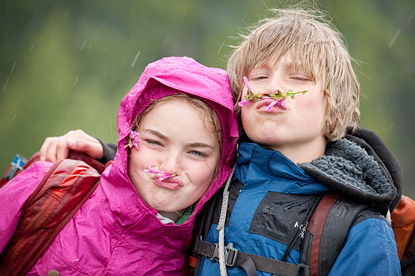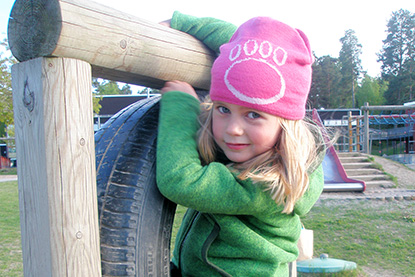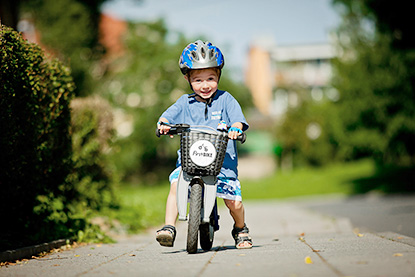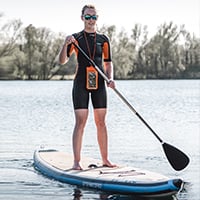
DRESSING YOUR CHILD FOR THE SEASON
Proper clothing is so important if you want your child to enjoy exploring the outside world. Investing in comfortable and functional clothes will ensure that your little one has lots of happy memories of the great outdoors. Obviously, there’s a huge range of practical clothing for children available on the market today. So, in order to help you make wise choices we’ve put together some handy tips on how to properly dress little ones for each season of the year.
Seasons
Dressing your child for autumn and winter
The 3-Layer principle
With a base layer, mid-layer and outer layer your child will be comfortable outside in almost any type of weather. Teach your child to dress themselves according to the three-layer principle and they’ll be dressed correctly even when you can’t be there to help out (for e.g. in school). Now, let’s look at the function of each layer.
Layer 1: Base layer
Wearing a top and long underwear close to the body will hold in warmth and wick moisture away – keeping your child dry and warm. Below we’ve listed two of the most common materials and a little bit about their characteristics.
Layer 2: Mid-layer
The function of a mid-layer is to trap heat and transport moisture away so that the wearer remains dry. We recommend mid layers in wool or fleece. Avoid choosing a mid-layer made from cotton, as it will absorb moisture (rather than transporting it outwards) and leave your child feeling cold.
Layer 3: Outer layer
Durable clothes with high water repellency allow your child to play freely without being afraid of damaging their clothes or getting wet. Besides from preventing snow and water getting in, this top layer should also protect against wind and transport moisture outwards. A hardshell jacket and a pair of hardshell pants are recommended for older children. For smaller childrens overalls, snow suits or snow bibs are convenient as they are easy to put on and leave no gaps.
Remember to combine these three layers according to the temperature outside and adjust them to suit each other. For e.g. if you choose a padded outer layer, team it with a lighter mid-layer (unless it’s extremely cold outside!)

Important pieces
-
Base layer
Pair a moisture-wicking thermal top with long underwear -
Mid layer
Pick a thermal and moisture-wicking top -
Outer layer
Choose one that protects against rain, snow and wind -
Two beanies
One that fits under their helmet on the sledge slope and one that’s a bit thicker for everything else -
Mittens/gloves
Preferably a model that covers the wrist and has a strap that attaches to the sleeve - Buff, balaclava or neck gaiter
-
Rain gear
-
Rubber boots
Add wool socks if necessary -
Winter boots
Make sure they’re waterproof and breathable - Wool socks
Dressing your child for spring

With the pieces listed to the right, your child will be prepared for the cold, wet and windy days that are common in spring time. Combining hardshell pieces with a thinner mid-layer makes for a perfect spring outfit – as it allows little ones to play outdoors without getting too warm.
When it starts to get warmer (around 10 to 15°C) a thinner insulated jacket or even a sweatshirt will do. Rain gear and rubber boots are items your child will make use of all year round.
Important pieces
- Waterproof hardshell clothing
- Rain gear
-
Down/synthetic padded jacket
Good to wear under a hardshell jacket when it’s a little cooler or between seasons - Rubber boots
- Thin mid-layer
- Thin beanie
- Wind and waterproof hardshell gloves
- Thin finger gloves
-
Durable pants/jeans
For when it’s dry and your child doesn’t want to wear thermal pants - Trainers or running shoes
Dressing your child for summer

Important pieces
- Sunhat/cap
- Rain gear
- Shorts
- Sweat shirts and t-shirts
- Rain gear
- Rubber boots
- Sandals
- UV protective clothing
Clothes are an effective form of sun protection – especially garments in darker colours. To make sure your child doesn’t overheat, we recommend clothes made from merino wool since this material offers natural heat management. Merino cools when it’s hot and warms when it’s chilly. Dressing your child in practical and functional clothing means they’ll be able to enjoy running about without getting too hot. Lastly, make sure to use sun block and a sun hat or cap that protects their head and face.
































